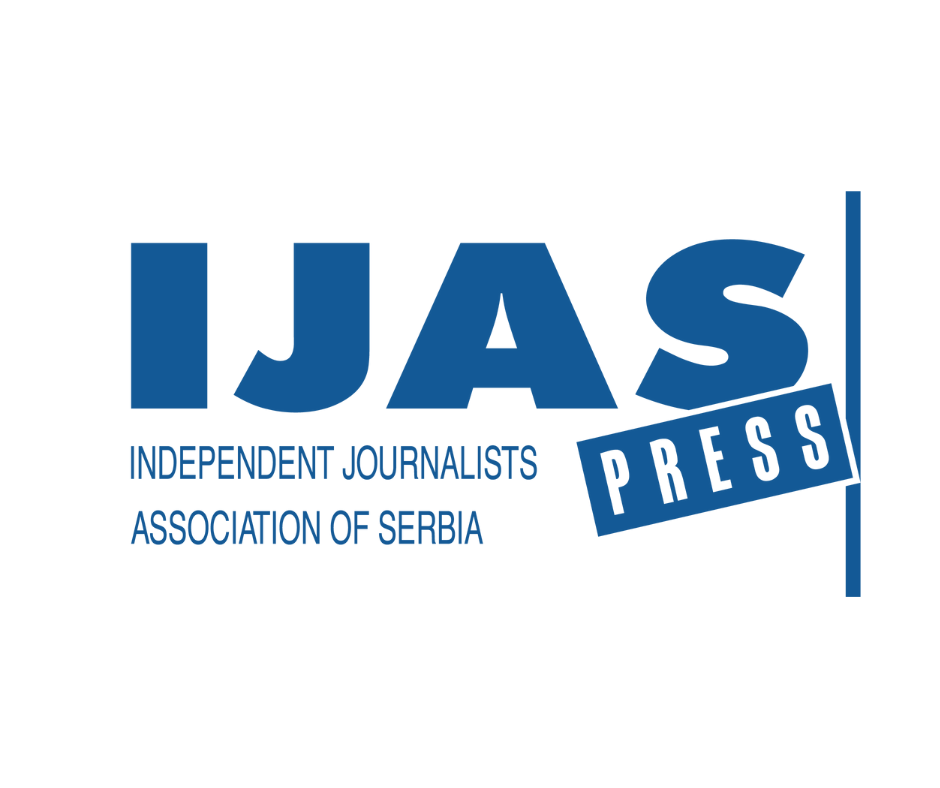
After yesterday’s meeting with representatives of journalists’ associations, the Ministry of Internal Affairs (MIA) issued a statement highlighting the good cooperation between the two parties within the Permanent Working Group for the Safety of Journalists. What was not stated in the announcement were the reasons for which the meeting was initiated, as well as the content of the meeting in which there were disagreements on certain issues.
For the sake of the whole truth about the meeting that was held in the MIA between the representatives of the police and the representatives of the Permanent Working Group, and in connection with the published statement of the MIA, we present the reasons for the meeting, the content of the meeting, what was stated and what was agreed upon.
The meeting was initiated by the representatives of the Permanent Working Group, and the reason for the meeting was the negative events and dangerous situations at the protests in which the journalists found themselves. The two sides met to discuss the possibilities of increasing the safety of journalists and reducing interference when reporting from such events. The representatives of the Ministry of Internal Affairs were particularly informed about incidents against journalists committed by police officers during the protest on December 24.
Let’s remind you, then the Al Jazeera team was attacked, and the cameraman Nenad Nešić was pulled by the neck with a ban on filming, and the reporter from the Nova S, Andrija Lazarević, was hit with a police baton for no reason. Also, a policeman tried to snatch the camera from photojournalist Beta, and members of the MIA in civilian clothes did not react to the attack on TV N1 journalist Mladen Savatović, even though they were present at the scene.
At the meeting, representatives of the association presented details of all recorded attacks and incidents. Police representatives stated that they do not know about specific incidents committed by their officers and did not agree with the fact that the incidents were committed. They repeated several times that their police officers on the field provide protection to all participants of the event, including journalists.
Given that we insisted for the events to be checked and acted upon, a promise was made by the police representative that all the mentioned events will be carefully investigated.
The extremely important and still unsolved case of the brutal beating of then-journalist Beta Žikica Stevanović by members of the Gendarmerie in July 2020 was also mentioned. After almost three years, that case is still in the police’s internal control procedure, and criminal proceedings against the unknown perpetrators are being conducted by the First Public Basic Prosecutor’s Office in Belgrade.
The representatives of the associations stated that there are still police officers who do not understand the role of journalists and the media at such gatherings, and that it is evident that incidents, especially by the Gendarmerie, are repeated, with the hope that these are isolated cases and not intentional injuries and attacks on journalists.
Police representatives did not agree with that and denied that police officers commit incidents against journalists, repeating that their officers protect all citizens, including journalists.
In order to prevent future incidents against journalists, it was proposed to create some kind of protocol – instructions for representatives of these units on behavior towards journalists. The representatives of the association were therefore asked to make a proposal and provide examples of good practice. Also, on that occasion, we offered to organize joint educational workshops and trainings.
At the meeting, we pointed out the need for mutual coordination during similar events due to the severity of incidents that are constantly repeated, and in that sense, the need for specific police contact points on the ground that journalists could turn to if they needed protection or to report specific events.
We also explained that we are working on trainings for journalists for safe reporting and that we regularly advise journalists to be visible at events and to wear press vests
Finally, we request the Ministry of the Interior not to abuse our need for cooperation and our willingness to continue to maintain communication, despite numerous bad experiences and ugly events. Although the Permanent Working Group has proven to be a good model of cooperation and communication, there are many reasons why our cooperation with the MIA cannot be called good. But our intention is to continue to communicate correctly, because we have made sure that there is still a significant number of professional members of the police who are our serious and reliable partners in protecting the safety of all journalists in Serbia.
IJAS
December 28, 2023